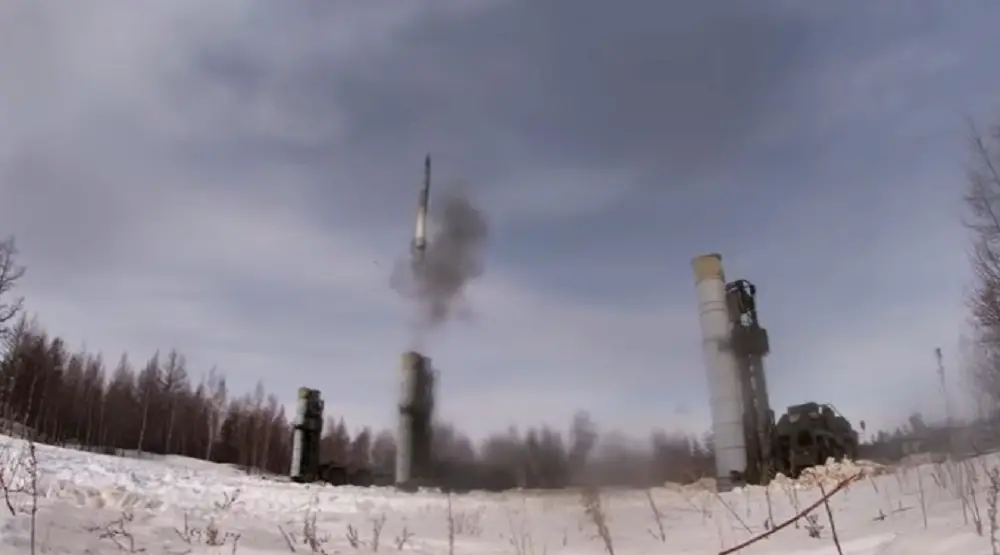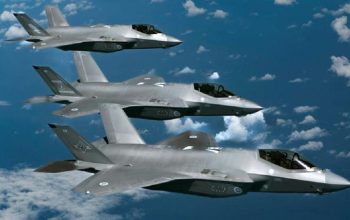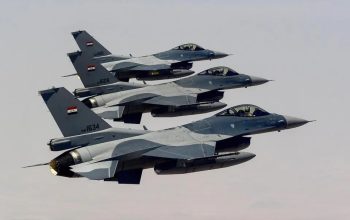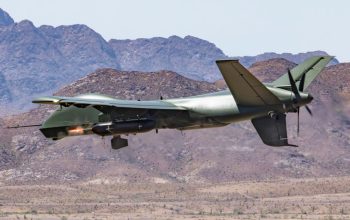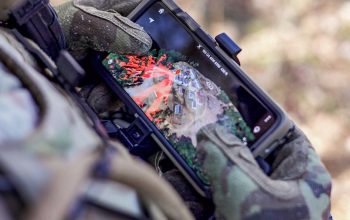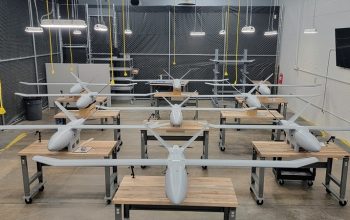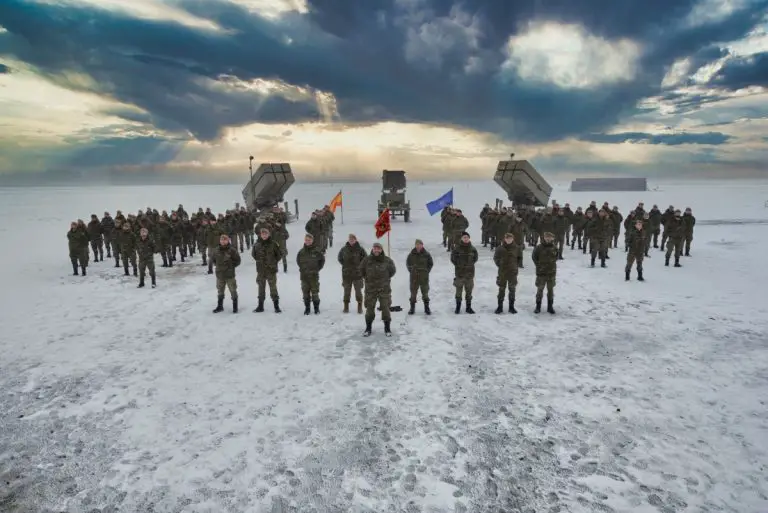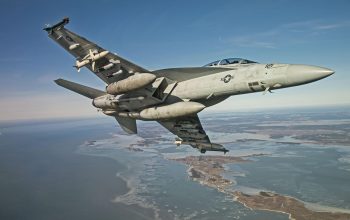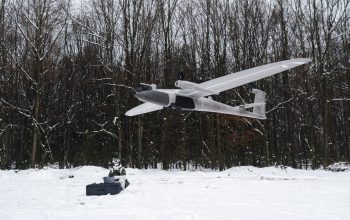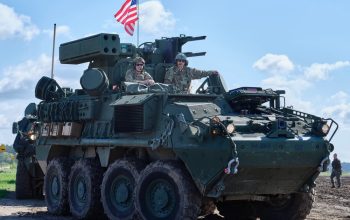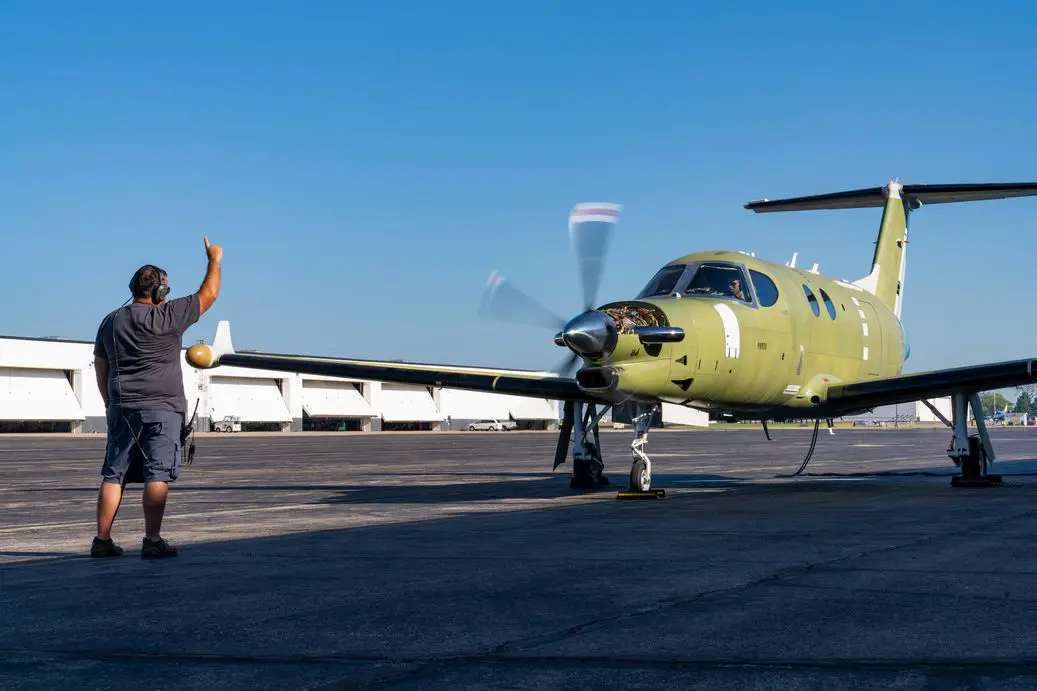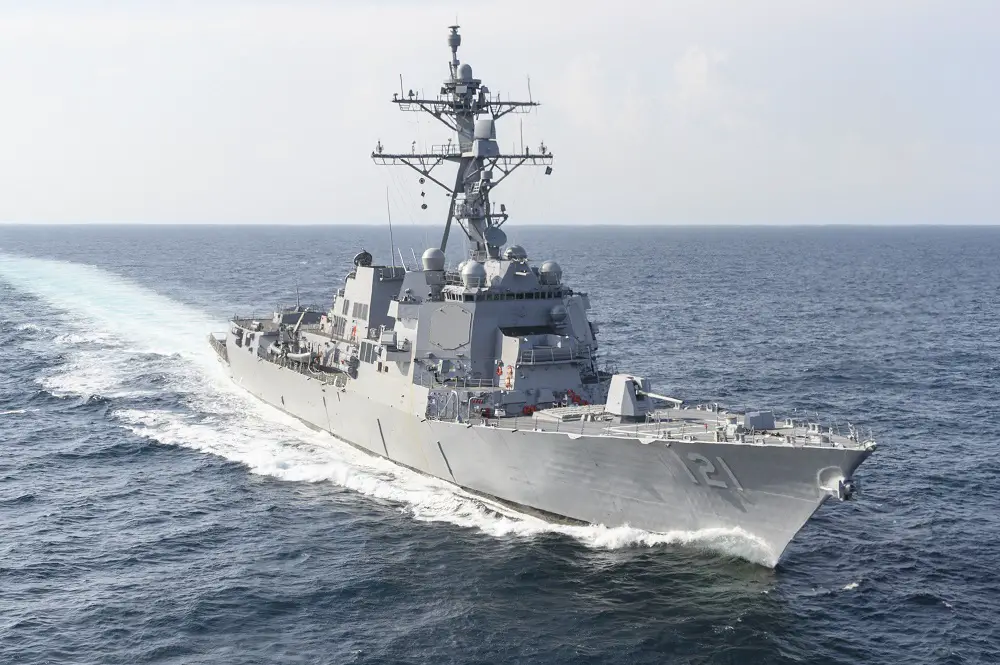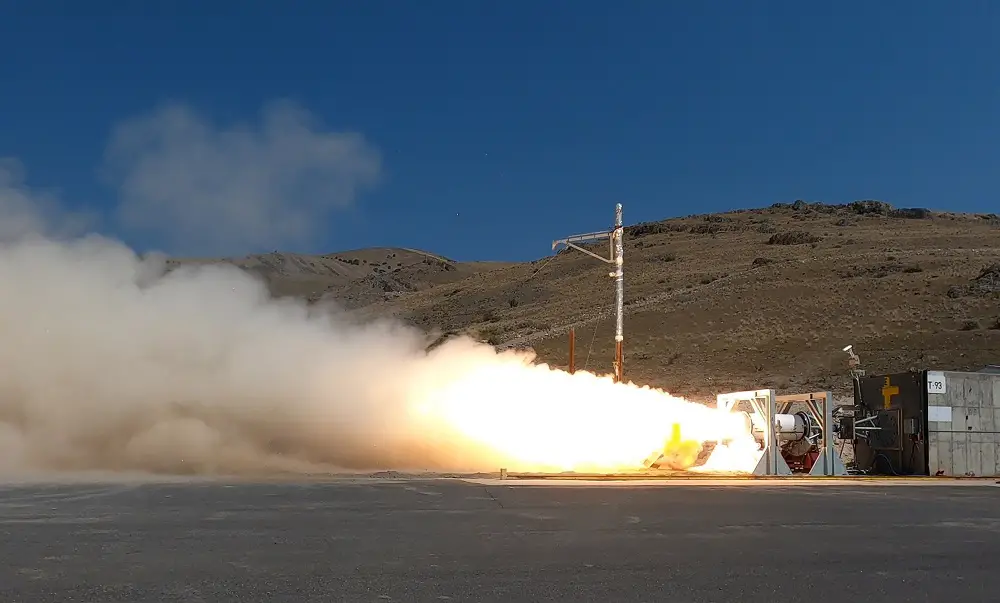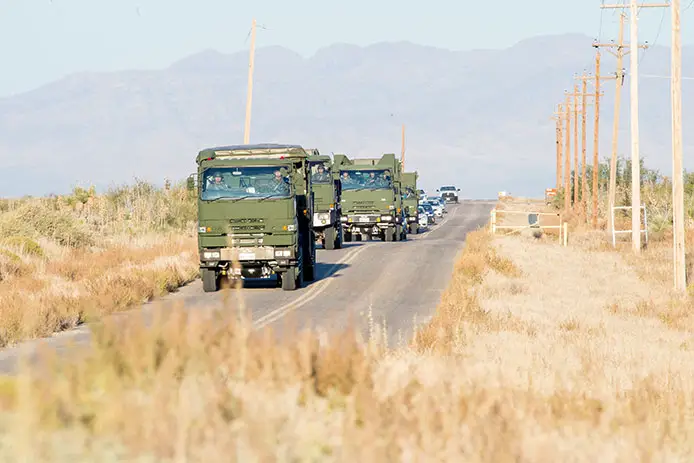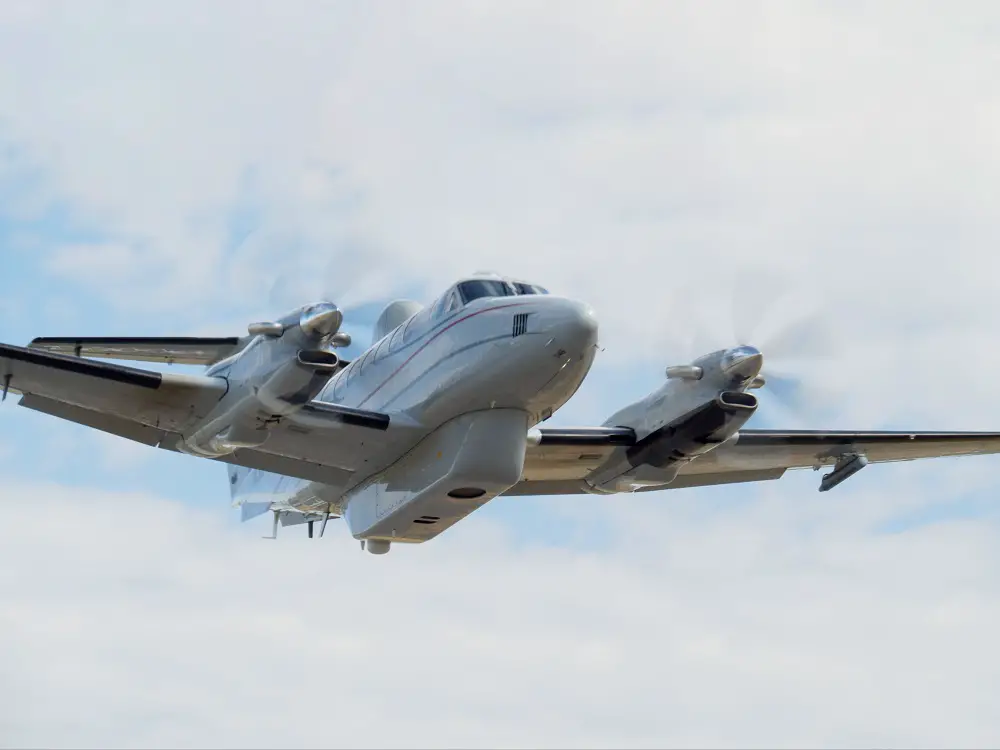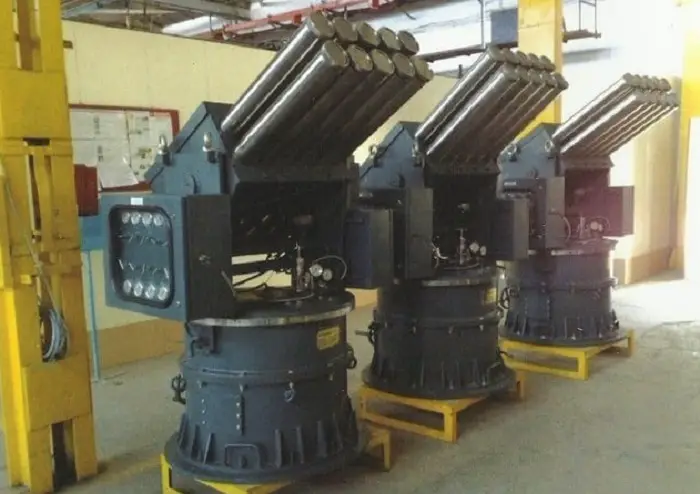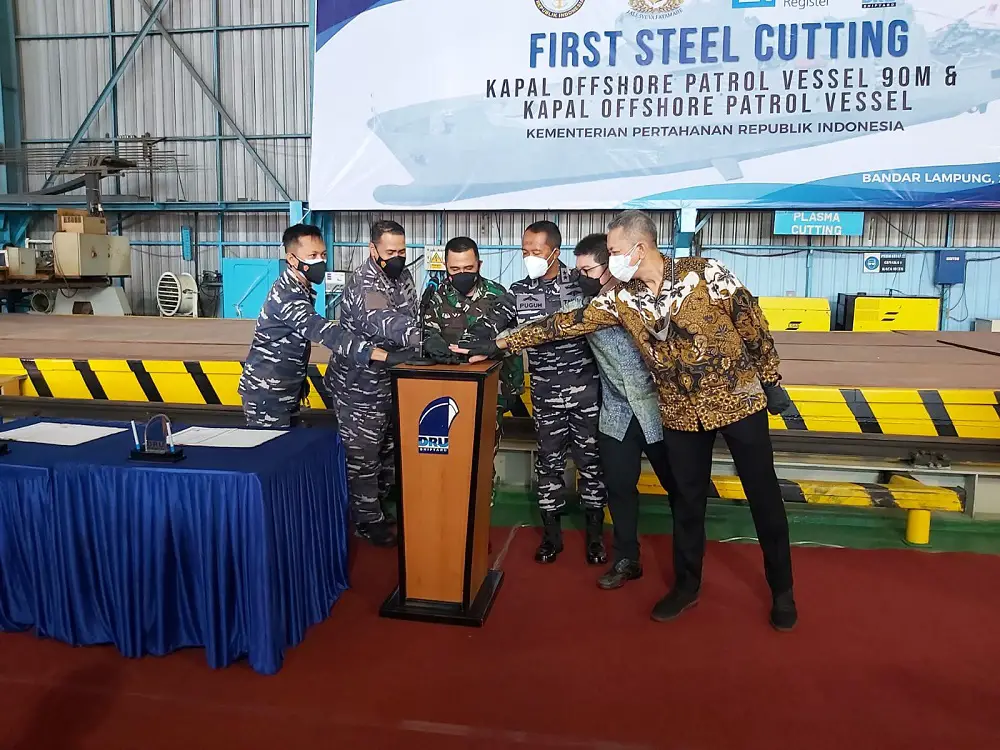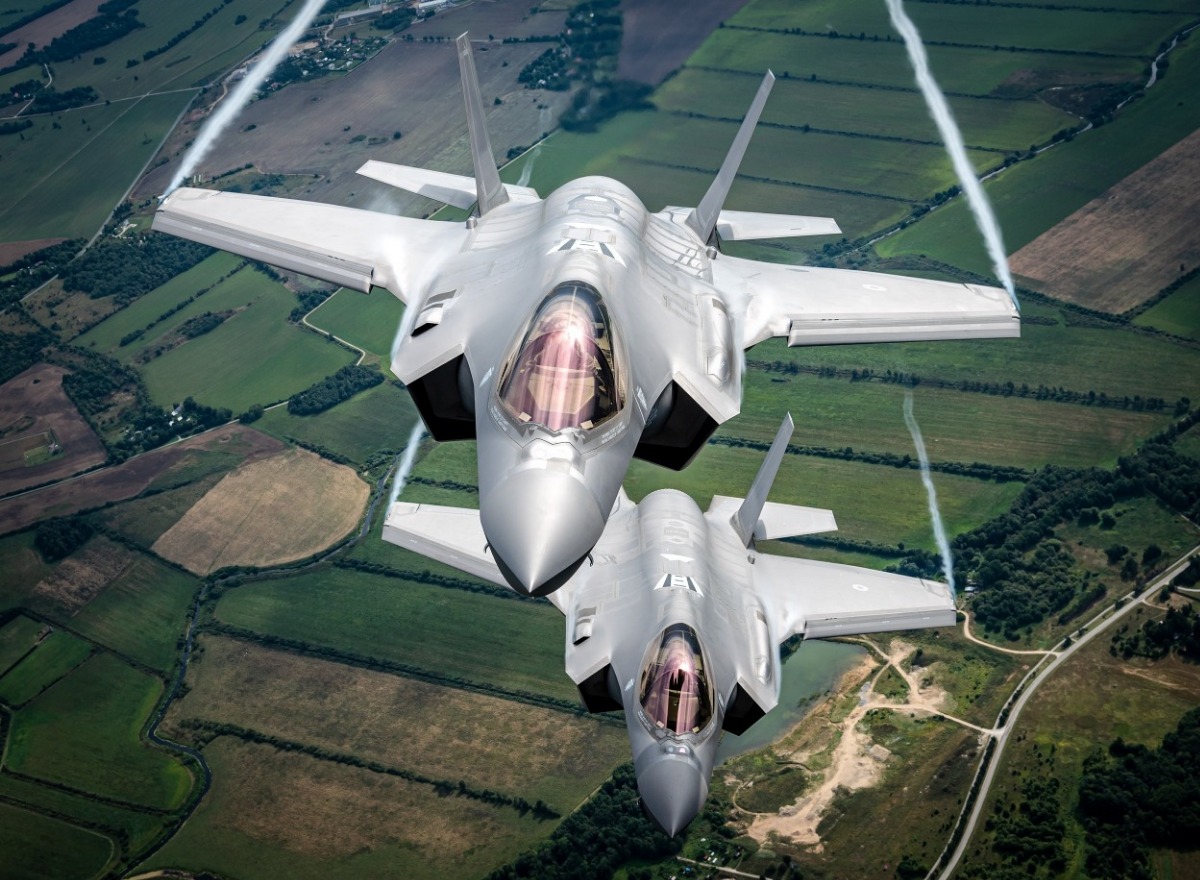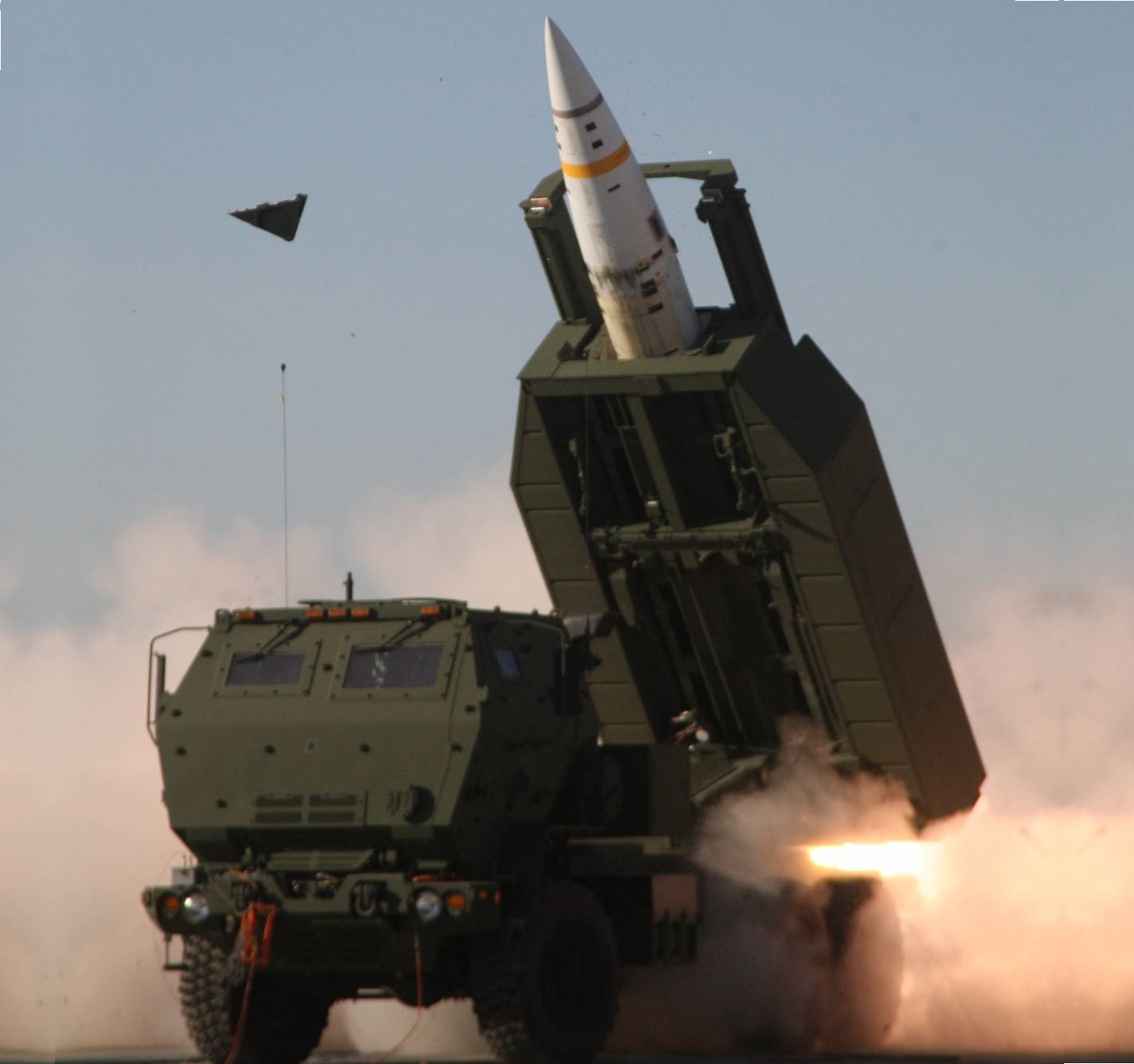Units from Russian Central Military District tested the S-400 Triumf long-range air defense systems, in combat drills at Telemba range in Buryatia as shown in footage released by the Russian Ministry of Defense on Friday. TheS-400 engaged aerial targets, which were imitated by the Saman and Armavir aerial vehicles. The export-oriented modification of the Triumf shoots down ballistic targets at a range between 5 and 60 km, with target engagement altitudes laying between 2 and 25 km.
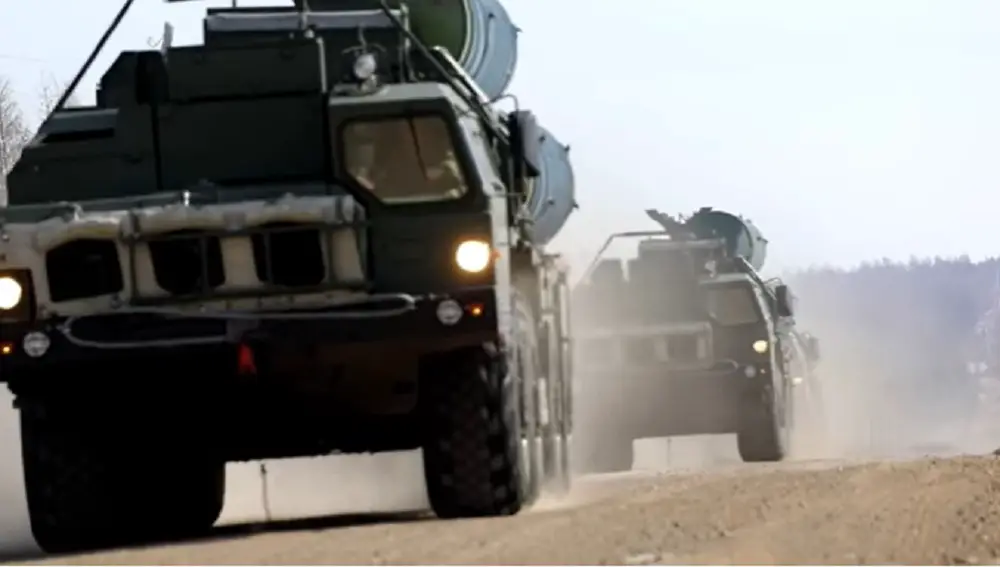
The Russian Central Military District used the combination of S-400, Buk-family and Pantsir-S self-propelled anti-aircraft gun-missile (SPAAGM) systems in a structured air defense network.. The When it comes to engaging targets at medium and long ranges, the above-mentioned system comprises S-400 and Buk-family air defense assets. While the Pantsir-S were covering the close-in areas of the S-400s. These air defense assets can be supported by the Tor-M2 short-range air defense weapons.
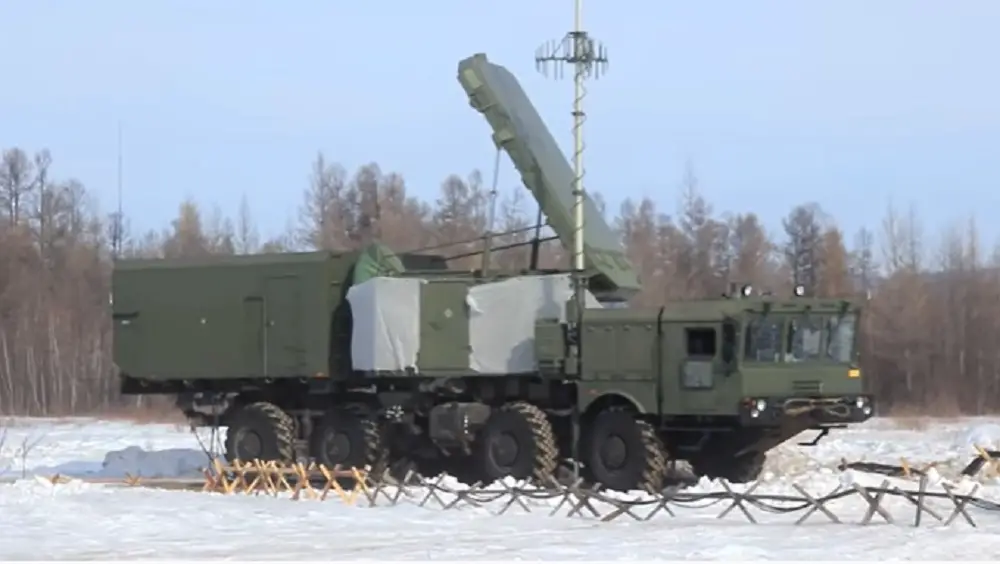
The S-400 Triumf (Triumph; NATO reporting name: SA-21 Growler), previously known as the S-300PMU-3, is an anti-aircraft weapon system developed in the 1990s by Almaz Central Design Bureau as an upgrade of the S-300 family. It has been in service with the Russian Armed Forces since 2007. One system comprising up to eight divizion (battalions) can control up to 72 launchers, with a maximum of 384 missiles. S-400 missile systems are organized around the 30K6E administration system.
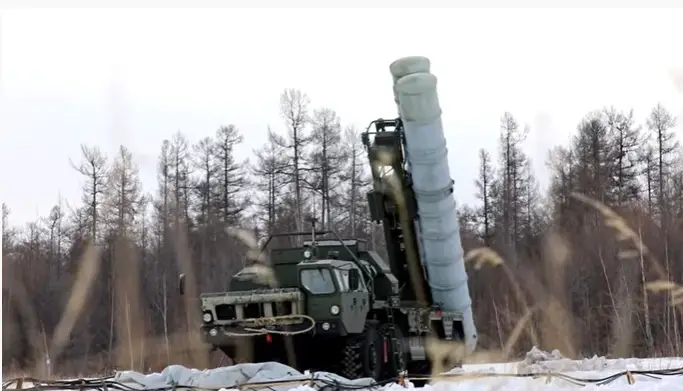
The 55K6E is a command and control center based on the Ural-532301. The 91N6E[18] is a panoramic radar detection system with a 600-kilometre (370 mi) range and protection against jamming, and is mounted on an MZKT-7930.The 5P85TE2 launcher and the 5P85SE2 on a trailer (up to 12 launchers) are used for launch. The 48N6E, 48N6E2, 48N6E3, 48N6DM, 9M96E, 9M96E2, and the ultra-long-range 40N6E missiles have been authorised by a Russian presidential decree.
